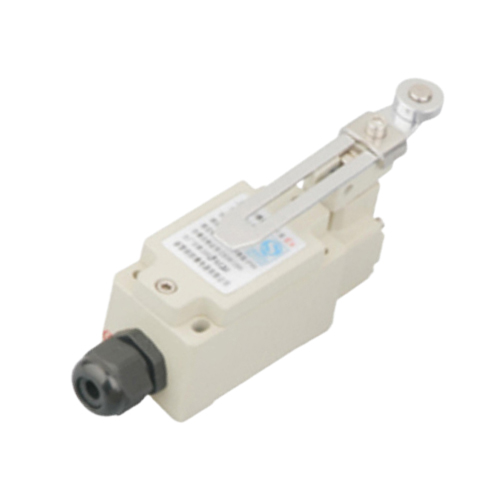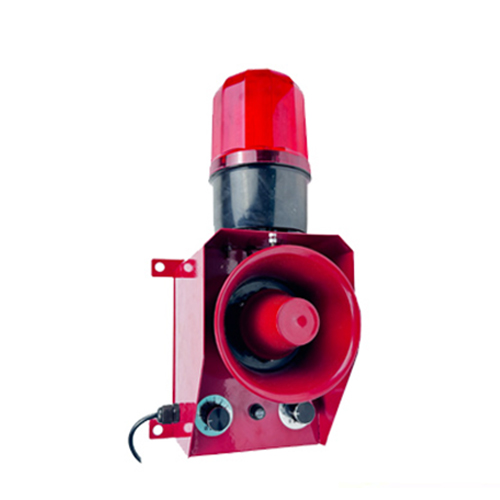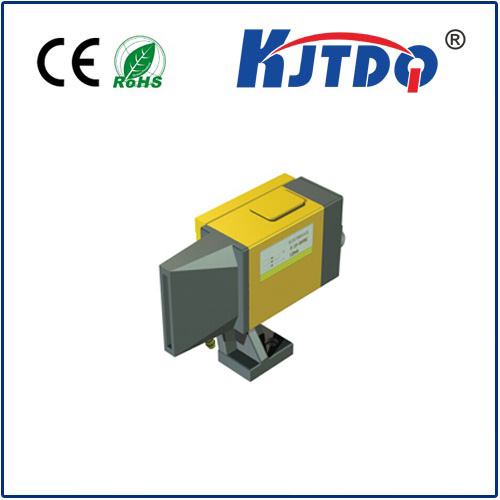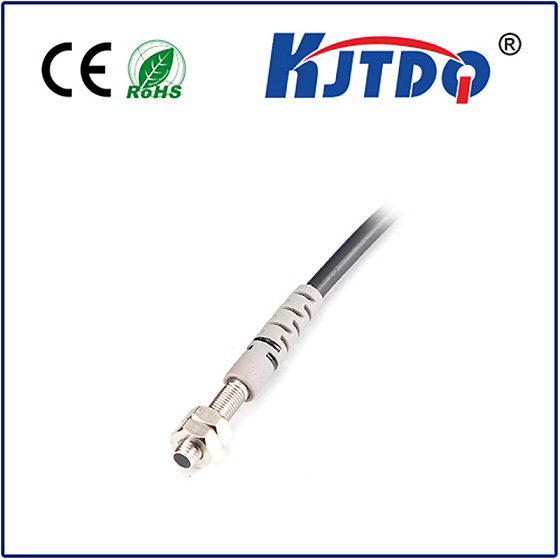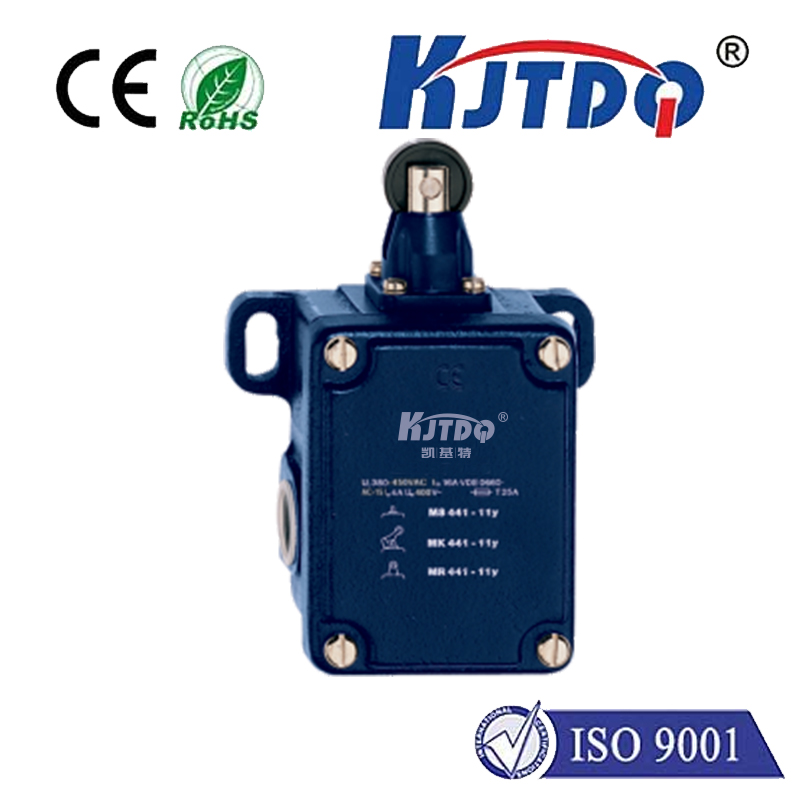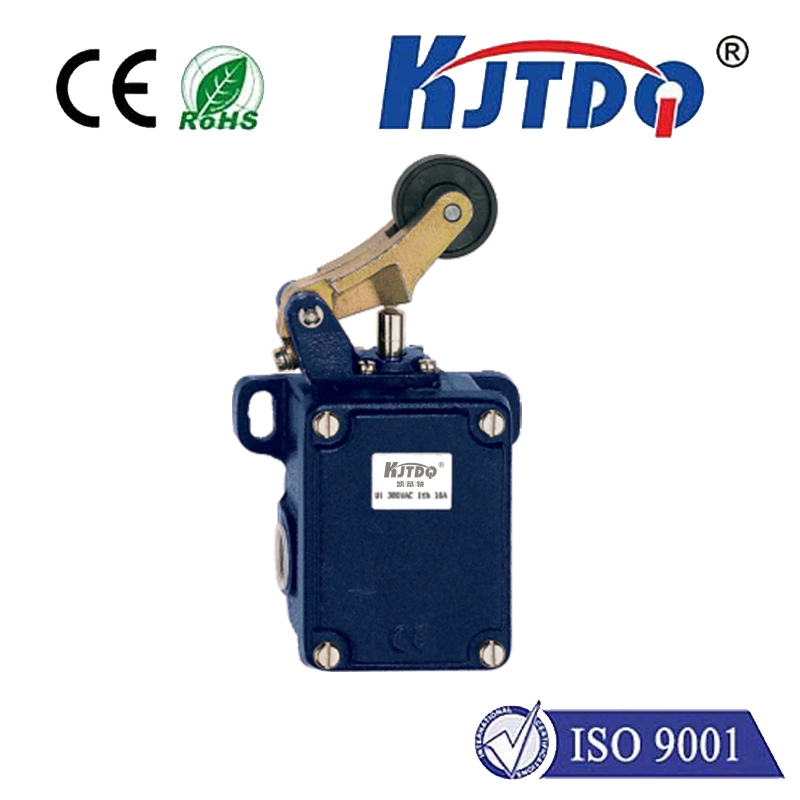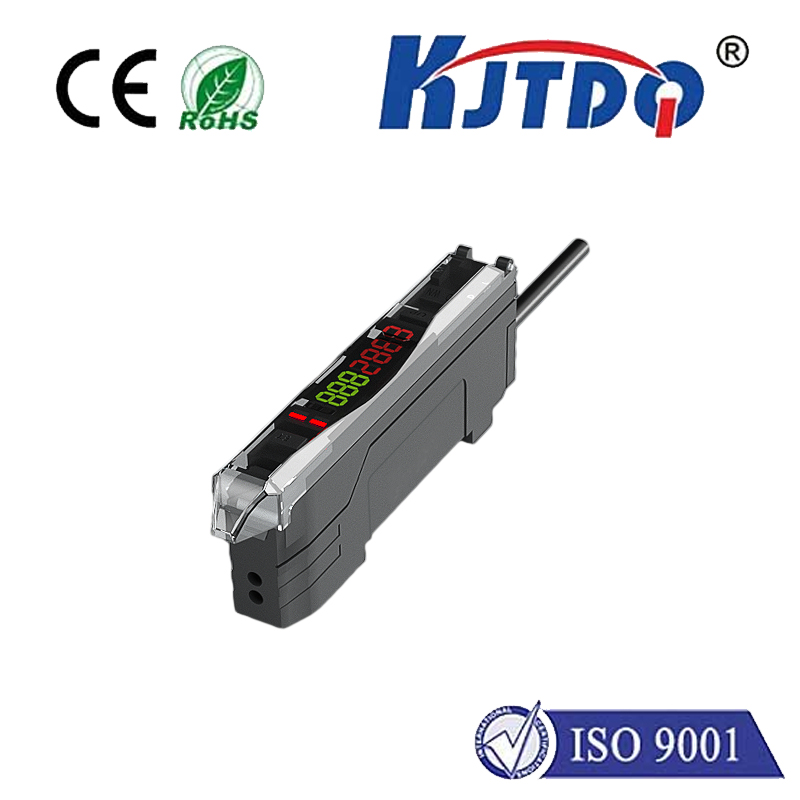

check

check

check

check

check

check

check

check

check

check
Introduction
The CMOS (Complementary Metal-Oxide-Semiconductor) laser is a groundbreaking technology that has revolutionized the field of imaging. This innovative tool combines the best features of both CCD (Charge-Coupled Device) and CMOS image sensors, resulting in a highly efficient and versatile device that can be used in a wide range of applications. In this article, we will explore the key features and benefits of CMOS lasers, as well as their potential impact on various industries.
Key Features of CMOS Lasers
One of the most significant advantages of CMOS lasers is their high sensitivity to light. This allows them to capture images with exceptional clarity and detail, even in low-light conditions. Additionally, these devices are capable of operating at high speeds, making them ideal for capturing fast-moving objects or events. Furthermore, CMOS lasers have a large dynamic range, meaning they can accurately reproduce a wide range of colors and brightness levels in an image.

Another notable feature of CMOS lasers is their compatibility with digital signal processing (DSP) technology. This enables users to manipulate captured images using software, enhancing their quality and functionality. For example, DSP algorithms can be used to remove noise from images or improve their resolution. Moreover, CMOS lasers can be easily integrated into other electronic devices, such as smartphones and cameras, due to their small size and low power consumption.
Benefits of Using CMOS Lasers
The use of CMOS lasers offers numerous benefits across various industries. In photography, these devices enable photographers to capture stunning images with greater ease and precision than ever before. They also open up new possibilities for creative expression, allowing artists to experiment with different lighting techniques and effects.
In healthcare, CMOS lasers are being used to develop advanced medical imaging technologies, such as endoscopy and microscopy. These tools provide doctors with clearer, more detailed images of internal organs and tissues, aiding in the diagnosis and treatment of various diseases. Additionally, CMOS lasers are being utilized in scientific research to study phenomena such as quantum mechanics and nanotechnology.
Potential Impact of CMOS Lasers on Industries
The impact of CMOS lasers on various industries is vast and far-reaching. In the field of consumer electronics, these devices are expected to lead to significant improvements in smartphone camera technology, enabling users to take higher quality photos and videos. In the automotive industry, CMOS lasers are being used to develop advanced driver assistance systems (ADAS), which rely on precise image recognition to detect obstacles and avoid accidents.
Furthermore, CMOS lasers hold great promise for improving satellite imaging capabilities, providing more accurate data for weather forecasting, environmental monitoring, and military applications. As this technology continues to evolve and mature, it is likely that we will see even more innovative uses for CMOS lasers emerge across a wide range of industries.
Conclusion
In conclusion, the CMOS laser represents a significant advancement in imaging technology, offering unparalleled sensitivity, speed, and dynamic range. Its compatibility with DSP technology opens up endless possibilities for manipulating and enhancing captured images, while its small size and low power consumption make it ideal for integration into various electronic devices. As we continue to explore the potential applications of CMOS lasers, it is clear that this technology has the power to transform the way we capture, process, and utilize visual information in countless industries.
